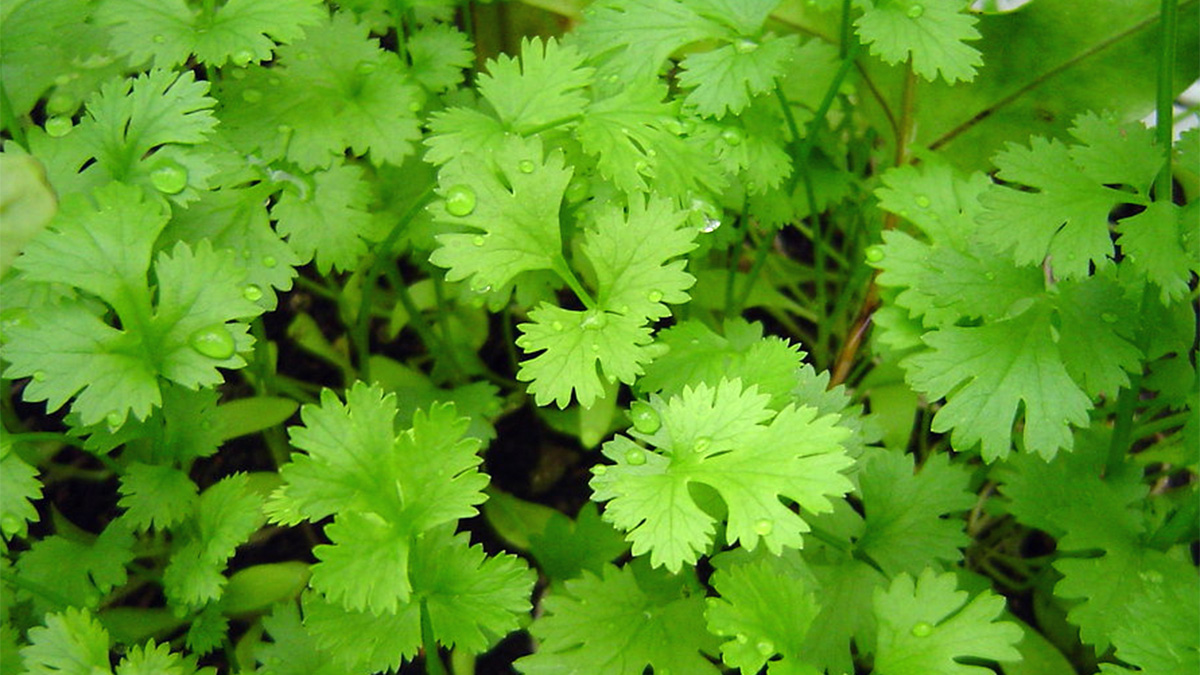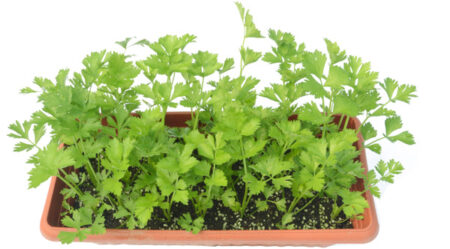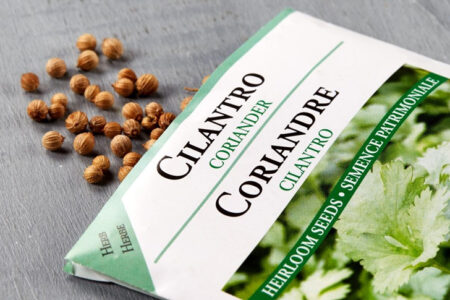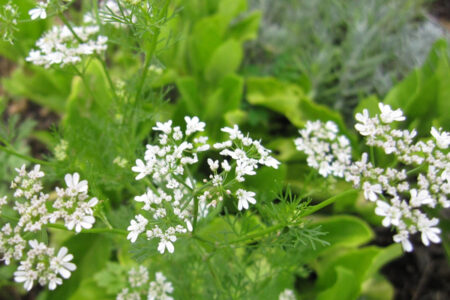Grow Cilantro the Right Way: Simple Rules for Success

Cilantro is one of those herbs that people either can’t live without or can’t seem to grow right. If you’ve ever ended up with bitter leaves or plants that bolt too soon, you’re not alone. Growing cilantro successfully comes down to understanding a few key habits this herb prefers. With the right approach, you can enjoy a steady harvest of fresh, flavorful leaves right from your garden or windowsill.
Know your cilantro: quick plant profile
Cilantro, also known by its botanical name Coriandrum sativum, is a fast-growing annual herb in the parsley family. It’s grown for both its fragrant leaves and its seeds, which are commonly called coriander. The entire plant is edible, offering a two-in-one flavor profile that appeals to home gardeners and cooks alike.
The term “cilantro” typically refers to the green, leafy part used in Latin American and Asian cuisine. Once the plant flowers and sets seed, those seeds become the spice known as coriander. Understanding this difference helps when deciding how and when to harvest your crop.

Choose the right time to plant
Cilantro thrives in cool weather and tends to struggle when temperatures rise. Spring and fall are the best seasons to plant cilantro outdoors. If you live in a warmer climate, starting your seeds early in the spring or waiting until late summer can give better results.
Once temperatures hit 75°F (24°C) and above, cilantro often bolts, sending up flower stalks and turning bitter. Bolting is a natural response to heat and stress, but it can be managed with careful timing. Gardeners in USDA Zones 2 through 11 can grow cilantro, but success depends largely on avoiding hot periods.
Picking the perfect spot
For cilantro to grow well, it needs a spot that gets at least four to five hours of sun each day. In hotter regions, providing some afternoon shade can help delay bolting and keep the leaves tender. Choose a location where the soil drains well, as cilantro dislikes sitting in soggy ground.
A slightly acidic to neutral pH range between 6.2 and 7.0 is ideal. If you’re not sure about your soil quality, working in compost before planting can improve both texture and fertility. Cilantro can also be grown indoors near a sunny window, though outdoor conditions tend to produce more flavorful plants.
Start from seeds: it’s easier than you think

Cilantro doesn’t transplant well due to its long taproot, so it’s best to sow seeds directly into the soil. To improve germination, gently crush the seed husks before planting. Soaking the seeds in water overnight can also help them sprout more quickly.
Plant seeds about a quarter-inch deep and keep the soil evenly moist until they sprout, which usually takes 7 to 10 days. For a continuous supply, plant new seeds every two to three weeks. This method, known as succession planting, ensures you always have fresh cilantro ready for harvest.
Watering and feeding the right way
Cilantro needs consistent moisture, especially during the germination stage. Water deeply but infrequently, aiming to keep the soil damp but not soggy. A good rule is to water when the top inch of soil feels dry.
Overwatering can cause root rot, while underwatering may lead to wilting and bitter leaves. Feeding cilantro with compost or a balanced organic fertilizer every few weeks encourages lush growth. Avoid high-nitrogen fertilizers, which can promote excessive leafiness without much flavor.
Preventing bolting: the number one cilantro killer

Bolting happens when the plant starts to flower prematurely, often due to heat or stress. Once cilantro bolts, leaf production slows, and the taste becomes stronger and less appealing. The key is to prevent stress by keeping the plant cool and harvesting regularly.
Using shade cloth during hot spells can reduce the temperature around the plant. Mulching also helps retain moisture and stabilize the soil temperature. If bolting is a constant issue, look for slow-bolting varieties like ‘Santo’ or ‘Calypso’.
Harvesting for flavor and continued growth
Cilantro leaves are best harvested when they are young and tender. You can begin cutting when the plant reaches about six inches tall, taking no more than one-third of the plant at a time. Use scissors or pinch off leaves to avoid damaging the stem.
Regular harvesting encourages the plant to produce more foliage and delays flowering. If you let a few plants go to seed, you can collect the coriander seeds once they dry. These can be used as a spice or saved for next season’s planting.
Troubleshooting common problems
If your cilantro leaves turn yellow, it could be a sign of overwatering or poor drainage. Check the soil moisture and ensure the roots aren’t waterlogged. Yellowing may also occur if the plant is pot-bound or lacking nutrients.
Pests like aphids and armyworms occasionally target cilantro, especially in warmer weather. A strong spray of water or a homemade insecticidal soap can manage most infestations. Poor germination may be due to old seeds or inconsistent moisture, always use fresh seed and keep the soil evenly damp until sprouts appear.
Bonus tips for container gardeners
Cilantro can thrive in a container garden as long as they are deep enough for the taproot, at least 8 inches is recommended. Choose a pot with good drainage holes and fill it with a loose, well-aerated potting mix.
Place your container in a spot that gets morning sun and afternoon shade if temperatures get high. Water regularly, as containers dry out faster than garden beds. For best results, avoid crowding and plant just a few seeds per container to allow for full growth.
Conclusion
Cilantro may have a reputation for being fussy, but it rewards the right conditions with bright, aromatic leaves perfect for countless dishes. By paying attention to temperature, watering habits, and harvest timing, you can grow a healthy crop throughout the cooler months. Don’t be discouraged by early setbacks, gardening is about learning as much as it is about growing.
